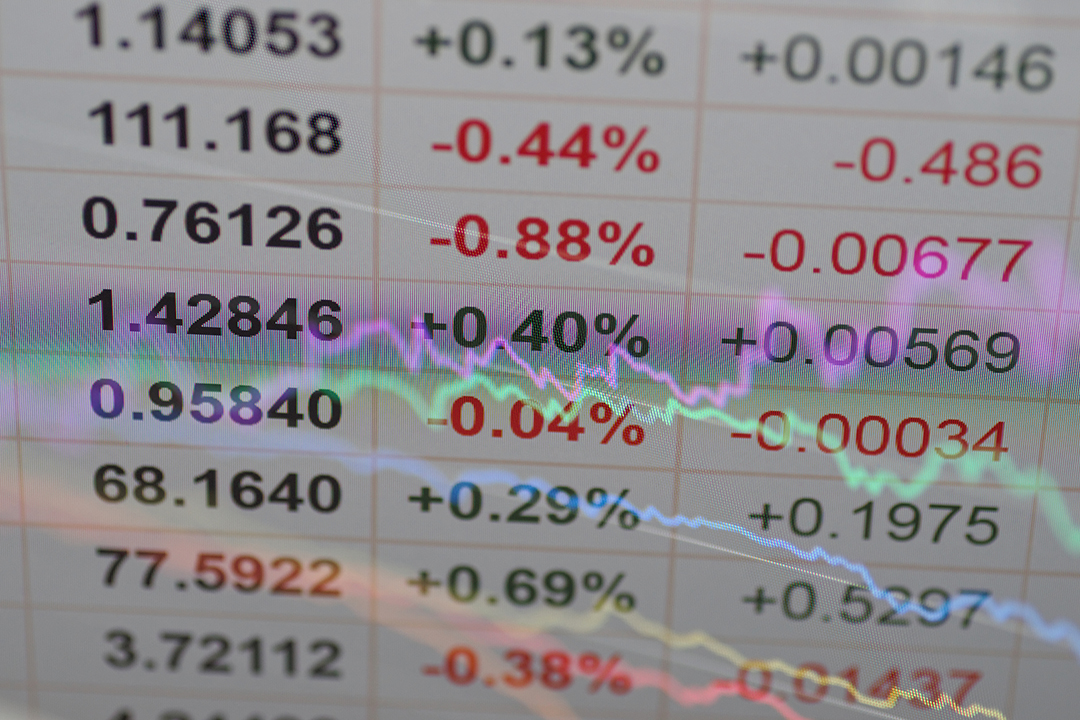

It is probably too early to say that the stock market bottomed on Monday 23 March. The closing level that day for the S&P/ASX 200 of 4536 represented a fall of 37% from the high of 7163 achieved just 5 weeks earlier on February 20. Now, we are bouncing around the 5000 level.
However, at least two out of the three conditions that many argue are necessary to “declare” a bottom are in place. Central Banks are doing everything to flood the system with liquidity, while Governments globally have come to the party with massive stimulus packages. In Australia, we started with a $17.6bn package on 12 March, doubled up with another $66.1bn on 22 March and went for the trifecta with a massive $130bn on Monday with the ‘jobkeeper’ program. All up, spending equivalent to 16.4% of the nation’s GDP (gross domestic product).
The third and most important condition is a slowing in the rate of infection of the Coronavirus, particularly in the USA. And while some of the data is encouraging, few are prepared to assert with confidence that the end is in sight, yet.
There is also considerable discussion about whether the recovery is likely to be ‘V’ shaped, or a more rounded ‘U’ shape. This applies to both to the stock market and the economy. What is interesting is the increasing talk of a recovery, and in relation to the market, what stocks to buy.
But arguably, it is just as important to know what “not to buy” (or avoid) because then we can really narrow the focus on our selections. Here is my take on the stocks to avoid when the recovery comes.
1. Avoid small caps
In the March quarter, the top 20 stocks ranked by market capitalization outperformed the next 30 lower ranked stocks, which outperformed the next 50 stocks, which outperformed the next 100 stocks. Although negative, the return (loss) of 19.2% for the top 20 stocks was considerably better than the loss of 22.4% for the Small Ordinaries (stocks ranked 101st to 300th by market cap) or 30.7% loss for Emerging Companies (an index of microcaps).
Intuitively, you might think that the stocks hit hardest in the sell-off will be the first to recover, but that is not how markets tend to work. During and following a rout, investors become far more selective about what they are prepared to buy. Confidence has been shaken, stocks are cheaper, and the momentum is often still to the downside.
Further, most investors don’t have to buy small cap stocks. Whereas nearly every institutional investor “needs” to hold Australia’s largest company by market capitalisation, CSL, they don’t need to hold the 80th or 90th or 100th ranked company. Buying these companies, while deliberative, is discretionary.
Also, small cap stocks tend to have weaker balance sheets and are more vulnerable to market pressure to raise capital. The 2020 “Coronavirus crash” looks to be following in the footsteps of the 2008/2009 GFC (Global Financial Crisis) where many listed companies were “forced” to raise capital at knockdown prices.
Finally, market liquidity with small caps is often poor, so even if you want to get set, you can’t get set in volume because of the absence of sellers. This stops many fund managers from seriously contemplating small cap stocks.
So, my tip is to avoid small cap stocks. You will get better performance from the major cap stocks. In time, small caps will recover, but the recovery will need to be deep and sustaining.
2. Stay away from travel, retail and some other discretionary stocks
Again, you might expect that the hardest hit companies in industries such as travel, retail and consumer discretionary would perform best in any recovery. And while some will be great recovery stocks, the shutdown and lockdown we are all experiencing could lead to seismic and permanent changes in consumer behaviour.
The “post Coronavirus” world could look very different to the “pre-Coronavirus” world.
Take airlines, for example. As a “pure-play” travel company, Qantas would be my preferred way to take exposure in this sector. While it is down 55% from its high, last night’s close of $3.38 puts it up 67% from its low of $2.02.
I have no doubt that there is going to be a rush to book overseas travel holidays when the virus restrictions lift. However, Qantas is an airline that makes the bulk of its profit out of business travellers flying domestically, not from the international travel leisure market. A risk for Qantas is that the change that so many workplaces have been forced to adopt, using Zoom or Skype or Microsoft Teams for meetings and communications, becomes permanent and domestic business travel drops. This is what happened with the airline pilots’ strike of 1989 when we discovered that the telephone could be used for conference calls.
Another seismic change driven by the virus is the widespread adoption of e-commerce. This shift is not new, but is being propelled by the harsh reality that some businesses will only survive if they sell goods and services online, and some consumers can only get the goods they need if they order online. The uptake is massive and likely to become permanent.
Retailers and service providers who haven’t developed a compelling and differentiating on-line proposition could be history. Real estate investment trusts focussed on retail could face permanent loss of rental as the demand for “bricks and mortar” eases.
So I reckon that caution is required when considering companies that rely on discretionary spending by consumers or businesses. The longer the lockdown, the more the risk that these changes in behaviour will become permanent. Avoid.
3. Don’t touch stocks with weak balance sheets
Finally, don’t touch companies with weak balance sheets or high debt levels. The “market” is incredibly persuasive when it comes to forcing the “weak” to raise capital at times of stress. It means millions in fees to investment bankers, and they aren’t going to waste an opportunity like this.
One of the big lessons of the GFC was that many companies were “forced” into capital raisings at knock-down prices, meaning that this was the time to invest. This crisis isn’t of the same ilk as the GFC because companies’ balance sheets are generally stronger and liquidity isn’t the issue. But revenue and critically cash flow are. More capital raisings are on the way.